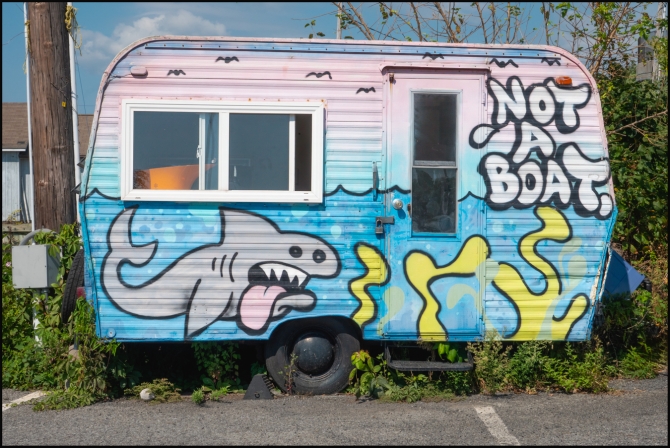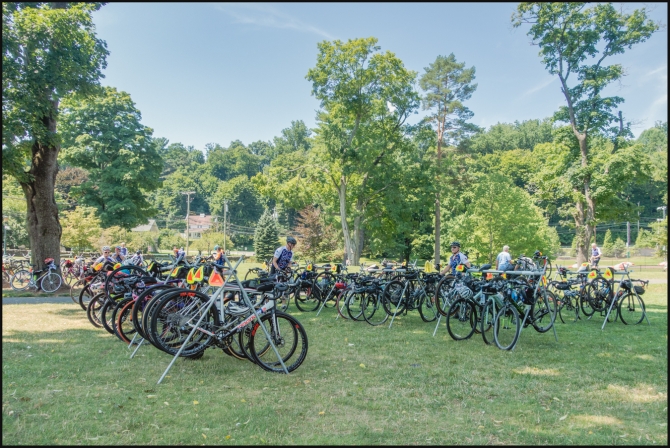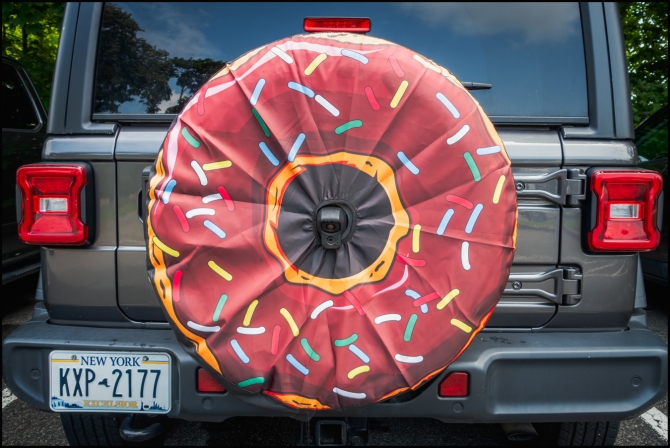I came across this beautiful shiny, red car during one of my recent walks.
For those who are not car aficionados it’s a Citroën 2CV, Citroën being the manufacturer and 2CV meaning (in French) “”two horses” or “two horse power”, or to be precise “two taxable horsepower“. It was a low-cost car introduced at the 1948 Paris Salon de l’Automobile. It was built between 1948 and 1990 and has an air-cooled engine that is mounted in the front and drives the front wheels.
Conceived by Citroën Vice-President Pierre Boulanger to help motorise the large number of farmers still using horses and carts in 1930s France, the 2CV has a combination of innovative engineering and straightforward, utilitarian bodywork. The 2CV featured overall low cost of ownership, simplicity of maintenance, an easily serviced air-cooled engine (originally offering 6.7 kW (9 hp)), and minimal fuel consumption. In addition, it had been designed to cross a freshly ploughed field with a basket full of eggs on the passenger’s seat without breaking them, because of the great lack of paved roads in France at the time; with a long-travel suspension system, that connects front and rear wheels, giving a very soft ride.
Often called “an umbrella on wheels”, the fixed-profile convertible bodywork featured a full-width, canvas, roll-back sunroof, which accommodated oversized loads, and until 1955 even stretched to cover the car’s trunk, reaching almost down to the car’s rear bumper. Michelin introduced and first commercialised the revolutionary new radial tyre design with the introduction of the 2CV.
Between 1948 and 1990, more than 3.8 million 2CVs were produced, making it the world’s first front-wheel drive car to become a million seller after Citroën’s own earlier model, the more upscale Traction Avant, which had become the first front-wheel drive car to sell in similar six-figure numbers. The 2CV platform spawned many variants; the 2CV and its variants are collectively known as the A-Series. Notably these include the 2CV-based delivery vans known as fourgonnettes, the Ami, the Dyane, the Acadiane, and the Mehari. In total, Citroën manufactured over 9 million of the 2CVs and its derivative models. (Wikipedia)
It’s now become something of a cult car. There are still quite of them around, or at least there were when I was living in France in the 1990s.
Taken with a Sony RX10 III




















